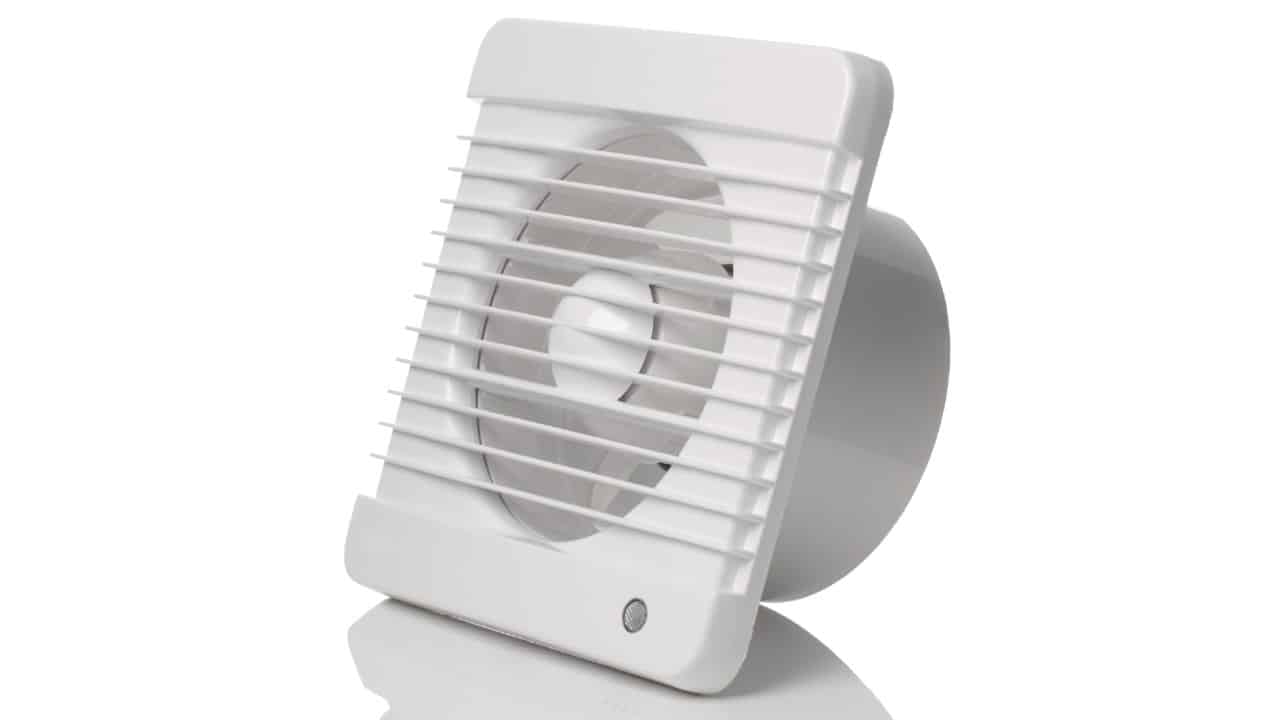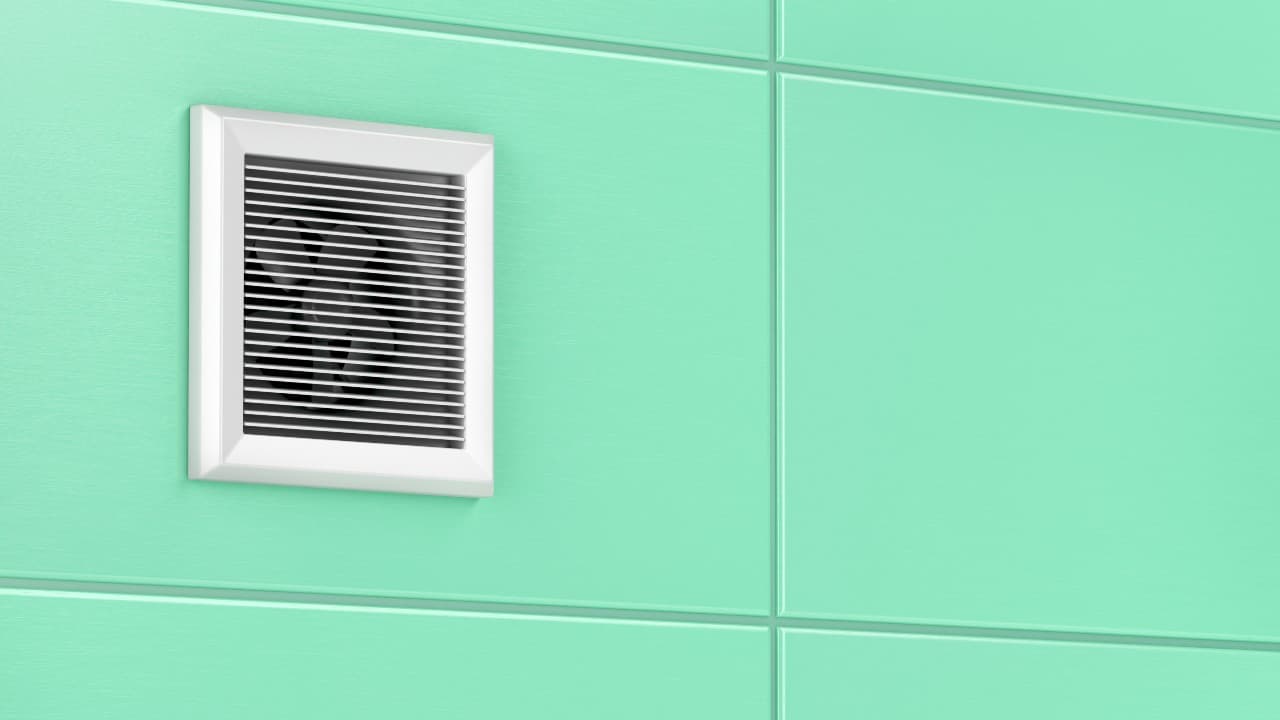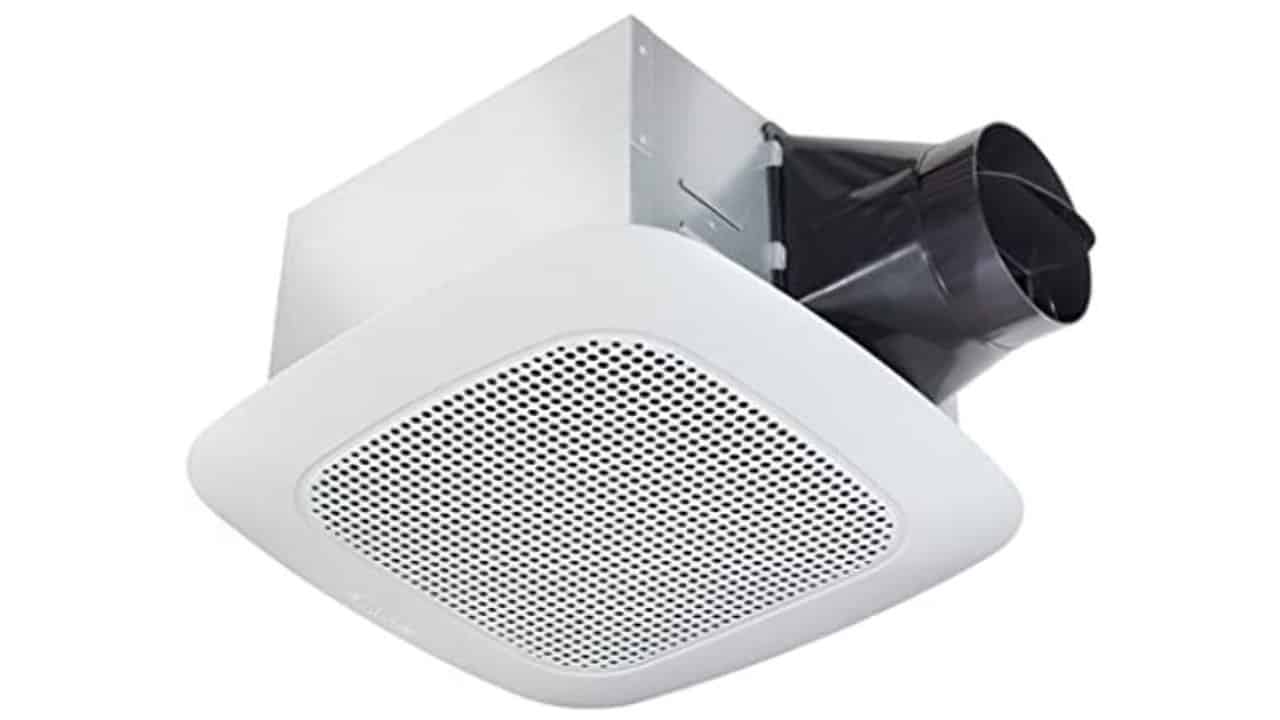A bathroom exhaust fan is undoubtedly one of the most convenient home appliances.
Not only will this device remove the excess humidity from your bathroom – and in that way prevent the growth of mold – but also eliminate the foggy mirror syndrome, reduce airborne contaminants, and keep the unpleasant smells at bay.
Obviously, in order to do all of this, a bathroom exhaust fan needs electricity. And if you’re wondering how much electricity does a typical appliance of this type use, you’re in the right place.
In this article, I’ll be talking about the ways in which a homeowner can calculate the yearly cost of using a bathroom exhaust fan and explain how these appliances get the much-wanted Energy Star certification.
Contents
The Introduction
The amount of electricity used by a device of this type is measured in watts.
As you probably already know, the wattage of a machine tells you about the operating power of that same machine. A bathroom exhaust fan with a higher wattage will always use more electricity and, therefore, cost more to use.
Speaking generally, the wattage of bathroom exhaust fans can be anywhere between 10 and 100 watts. However, if an appliance of this type has an integrated heater, its total wattage can be as high as whopping 1400 watts.
What About Continous Use?
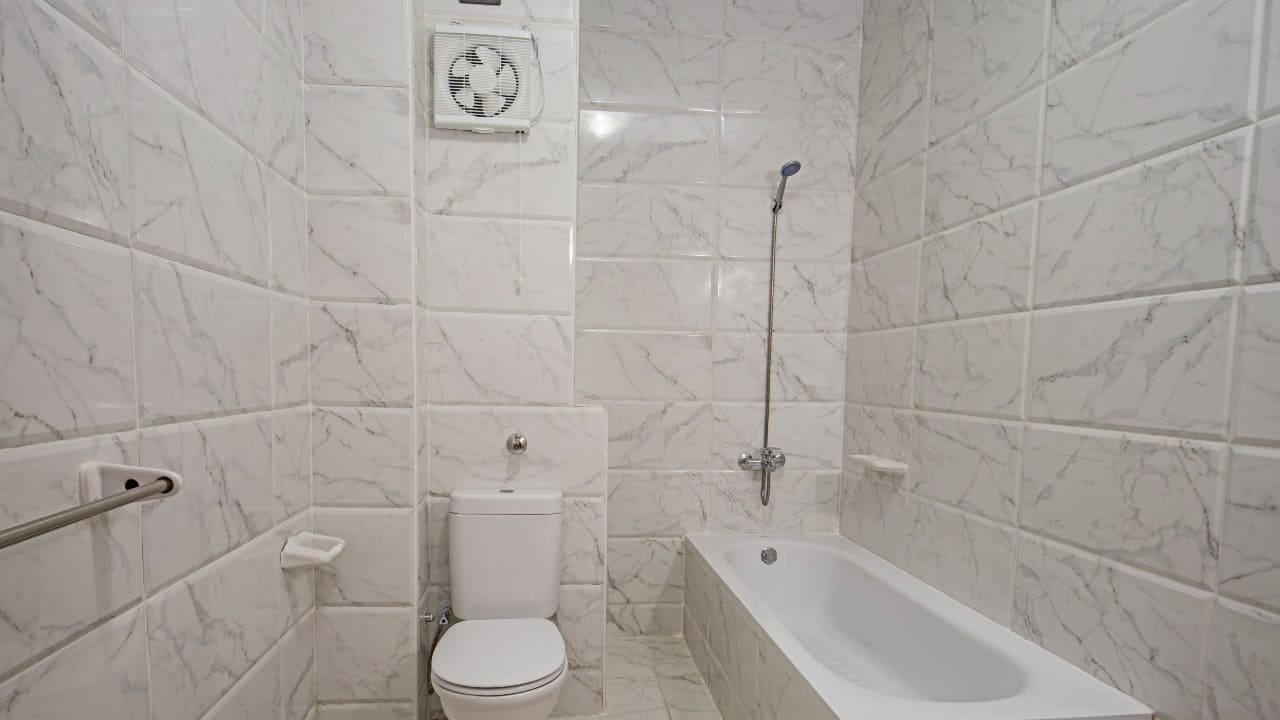
As a homeowner, one very important thing you need to keep in mind is that these devices are not designed to be used non-stop, i.e. 24 hours a day.
If you’re not using a bathroom exhaust fan, make sure to turn it off. The device should, however, run for at least 20 minutes after you’ve taken a shower. This should allow it to completely remove the excess humidity from the bathroom.
One really good thing about modern bathroom exhaust fans is that they often come equipped with various electricity-saving features.
There are bathroom fans with humidity sensors, motion sensors, countdown timers, etc. A fan that can turn off by itself after removing the moisture can save you quite a few dollars on the electricity bill.
How Do I Determine the Electricity Cost of a Bath Fan?
There is a rather simple calculation that you can use in order to determine the cost of running a bathroom exhaust fan continuously for one whole year.
The first thing you’ll have to do here is to ascertain the wattage of your appliance at its maximum operational speed. In case your model has a heater or similar additional features, you can also add the maximum wattage.
And once you’ve done that, the number that you got will have to be divided by 1000. By doing this, you’ll be turning watts (W) into kilowatts (kW).
Step #1 – Wattage of a Bathroom Exhaust Fan / 1000 = kW (kilowatts)
If you, for example, own a typical 70 CFM-rated bathroom exhaust fan, then you’ll need to divide 70 by 1000. By doing so, you’ll be getting the kilowatts – 0.070 kW in this case.
And once you have this number, you will have to multiply it by your area’s cost per kWh (kilowatt-hour). The average price of electricity in the United States is around 10 cents per kilowatt-hour, or $0.10 kWh.
Step #2 – $0.10 kWh x Bathroom Exhaust Fan Kilowatts = The kWh Cost
So, for a 70 CFM-rated model, multiplying its 0.070 kilowatts (kW) by the average kilowatt-hour cost ($0.10) will give you $0.007 kWh.
And since there are 8760 hours in one whole year, you will have to multiply this number by the aforementioned kilowatt-hour cost. In other words, 8760 hours x $0.007 kWh = $61.32 per year.
Step #3 – 8760 Hours x Bathroom Exhaust Fan kWh Cost = Yearly Cost
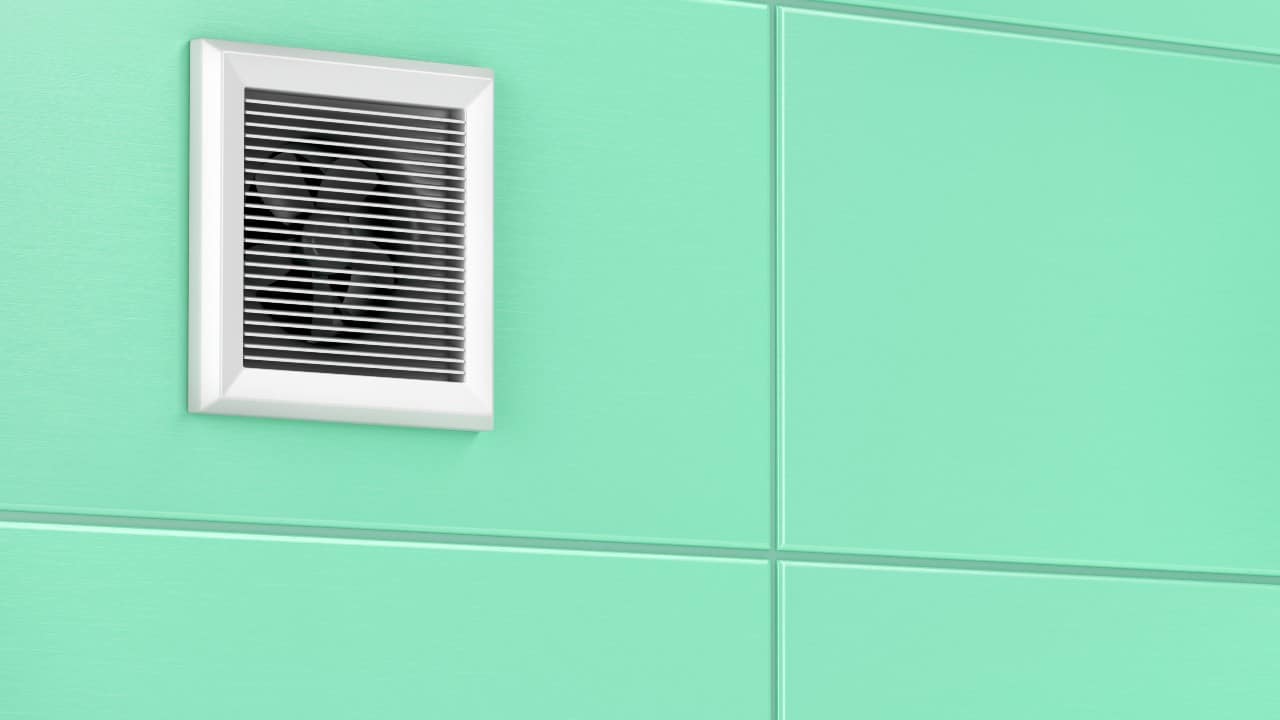
As I mentioned above, the result you will get by using this calculation is the amount of money you’d spend if your bathroom exhaust fan would be working non-stop for one entire year. Obviously, this is almost never the case.
To get to a more realistic result, you can try to estimate the number of hours in a day during which your bathroom exhaust fan is operational and then multiply that number by 365.
How Much Electricity Is Used by the Popular Bathroom Exhaust Fans?
Here’s a simple table that will show you how much electricity is used by some of the market’s most popular appliances of this type:
| Bathroom Exhaust Fan | CFM Rating | Max Watts | Yearly Cost |
| [amazon link=”B00C2N9HCA” title=”Delta BreezGreenBuilder” /] | 80 CFM | 14-watts | $12.26 |
| [amazon link=”B01884PENC” title=”BV Ultra-Quiet” /] | 90 CFM | 24-watts | $21.02 |
| [amazon link=”B003O0MNHG” title=”Delta BreezSignature” /] | 130 CFM | 19-watts | $16.64 |
| [amazon link=”B09738RXB6″ title=”Panasonic WhisperFit” /] | 110 CFM | 27-watts | $23.65 |
| [amazon link=”B00004TTZZ” title=”Broan Nu-Tone 688″ /] | 50 CFM | 108-watts | $43.80 |
| [amazon link=”B08MQSPQCL” title=”Panasonic WhisperWarm” /] | 110 CFM + Heater | 1430-watts | $1252.68 |
How Do Bathroom Exhaust Fans get an Energy Star Certification?
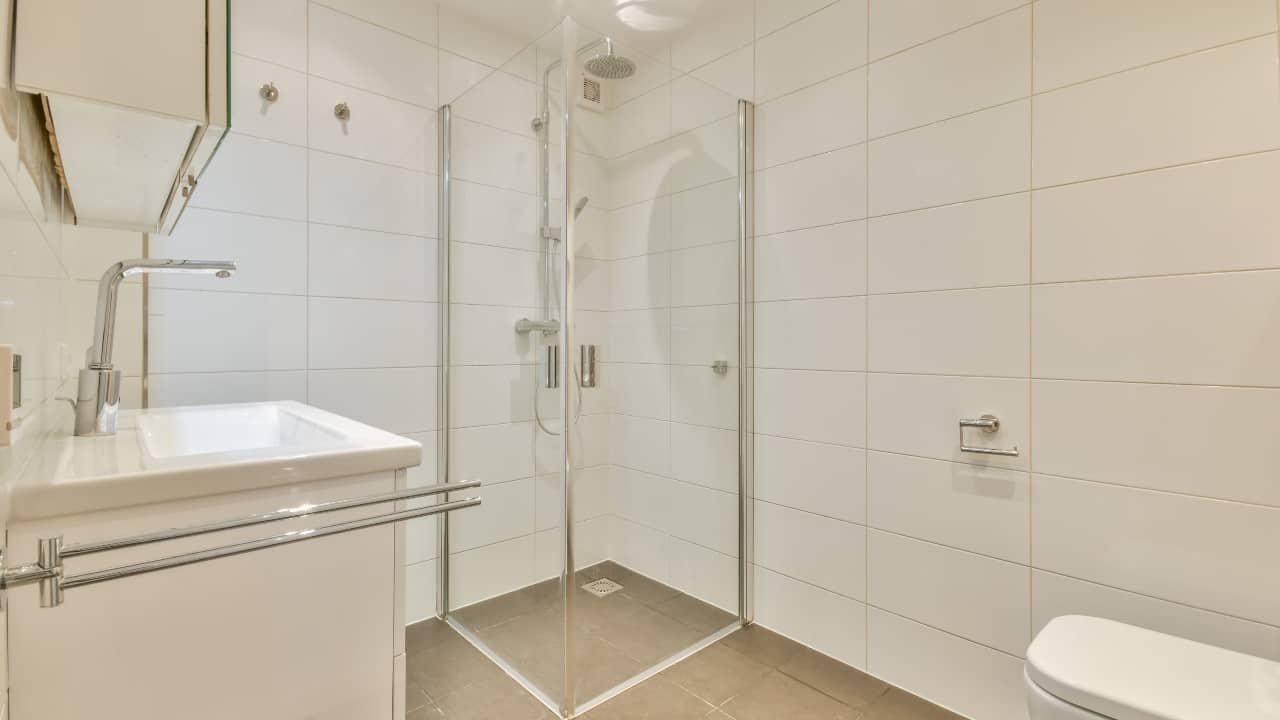
Run by the U.S. Environmental Protection Agency, the Energy Star is a program that verifies whether a particular appliance is genuinely energy-efficient. To receive an Energy Star rating, a bathroom exhaust fan must meet a few important requirements.
The most important of these is that the appliance of this type must have a base efficacy rating. In simple terms, this is the unit’s power consumption/efficiency rating – the number of CFM per watt.
Getting this efficacy rating is quite simple – all you have to do is divide your fan’s CFM rating by its maximum wattage. The higher the number you get is, the more efficient your bathroom exhaust fan is.
While the noise level doesn’t impact electricity use, it’s also a good idea to get familiar with bathroom fan sone ratings. If you think that your bathroom fan is making more noise than it should, here’s how to fix a noisy bathroom fan.
The Minimum Efficacy Rating Required for an Energy Star Rating
For bathroom exhaust fans whose CFM ratings stand between 10 and 89, the minimum efficacy rating is 1.4.
For models whose CFM ratings stand between 90 and 500, on the other hand, the minimum efficacy rating is 2.8.
The Takeaway
So, there you have it – a simple calculation that should help you determine the annual cost of using your bathroom exhaust fan.
However, since you probably won’t be running your fan 24/7 throughout the entire year, don’t forget to estimate the number of hours in a day during which your bathroom exhaust fan will be operational, multiply that number by 365, and then multiply the result with your fan’s kilowatt-hour cost ($0.007 kWh in my example).
Read our guide to ventless bathroom exhaust fans as well.
